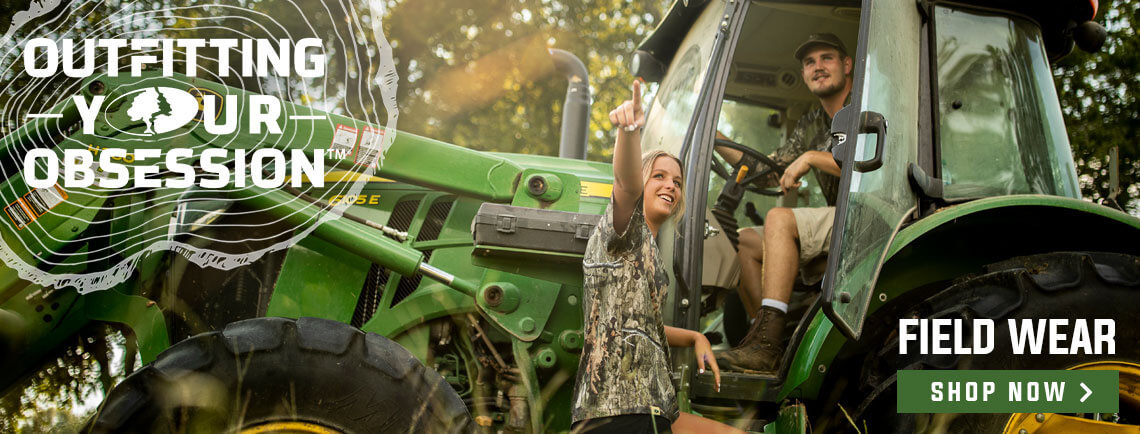Heath Wood
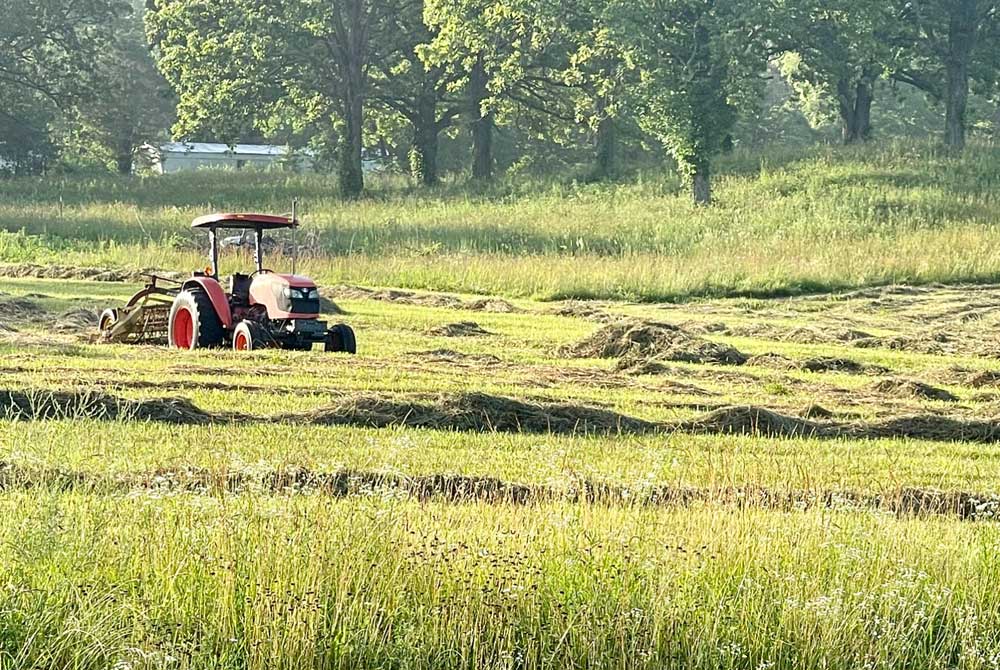
For many, the smell of a fresh-cut hayfield on an early summer day brings allergy-induced sneezing and watery eyes. To a predator hunter, allergies aside, the smell of fresh-cut hay directly correlates with excellent coyote hunting opportunities that must be capitalized on quickly.
Many farmers across the country begin cutting hay during late spring and into the early summer. The fresh-cut hay is baled into square-shaped or large round bales to be later used as feed for livestock when grasses and other natural food sources become scarce through the winter.
Land Management: Heavy Equipment Safety
Typically, in one summer, farmers can cut their hayfields up to three times if Mother Nature provides enough moisture for the hay to grow continuously. For a farmer to use the hay to feed livestock later, the hay cannot become wet from the point that it is cut until it is baled. If hay gets wet and is baled, the hay can rot and be harmful to livestock if consumed. Predator hunters benefit from the farmer's short time frame to get their hay cut, dried, and baled. This limited time is why I try to keep farmers who have permitted me to hunt coyotes on their land on speed dial. When they get ready to cut their hay, they notify me first so I can take advantage of the three to four days of prime coyote hunting.
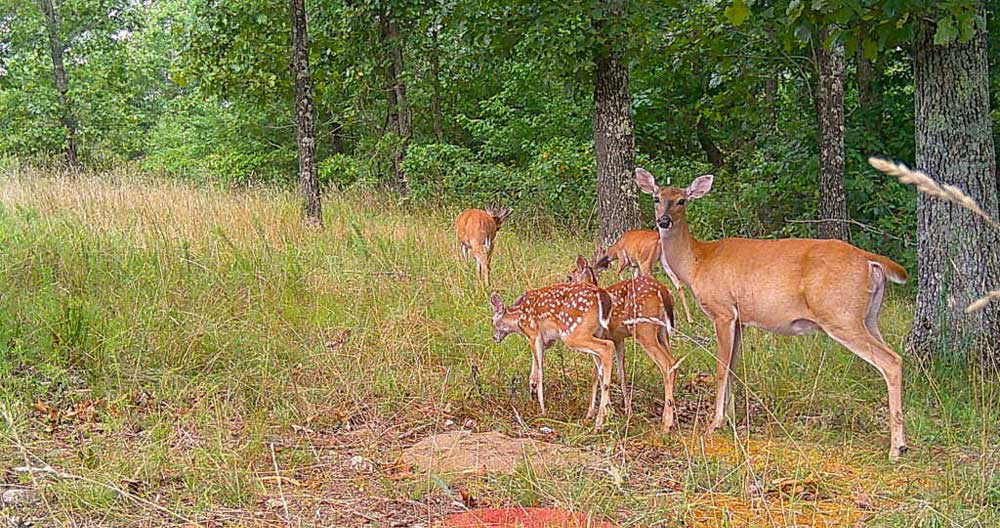
Advantages of Fresh Cut Hayfields
When farmers cut their hayfields, they likely use large farm equipment that can cut several acres of hay in a shorter period. The hay is cut a few inches from the top of the ground. Unfortunately, during the cutting process, many prey animals such as mice, rodents, rabbits, snakes, and even baby fawns, if the farmer doesn't see them quickly enough, fall victim to this process. It is an unfortunate way to lose wildlife, yet sadly, it is the reality for many farmers.
With abundant fresh prey laying among the fresh cut grass, coyotes are never far away.
The need for food increases when coyotes have newborn pups or are on the verge of having them. During the early summer, coyotes are either getting ready to have pups or have already had them before the farmer's first season cut. Because the female coyote is feeding pups, she needs more food to produce enough nutrition for her and the pups to survive.
Another common occurrence during the first part of the summer is hotter temperatures. Like domestic dogs, when temperatures rise, coyotes simply want to lay in the shade and move less often to keep their bodies cool. When there is increased dead prey due to fresh-cut hayfields, coyotes will be nearby due to the decreased effort needed to hunt for food, keeping their body temperatures lower. For the momma coyote, fresh prey means an easy meal to help feed herself and the young pups.
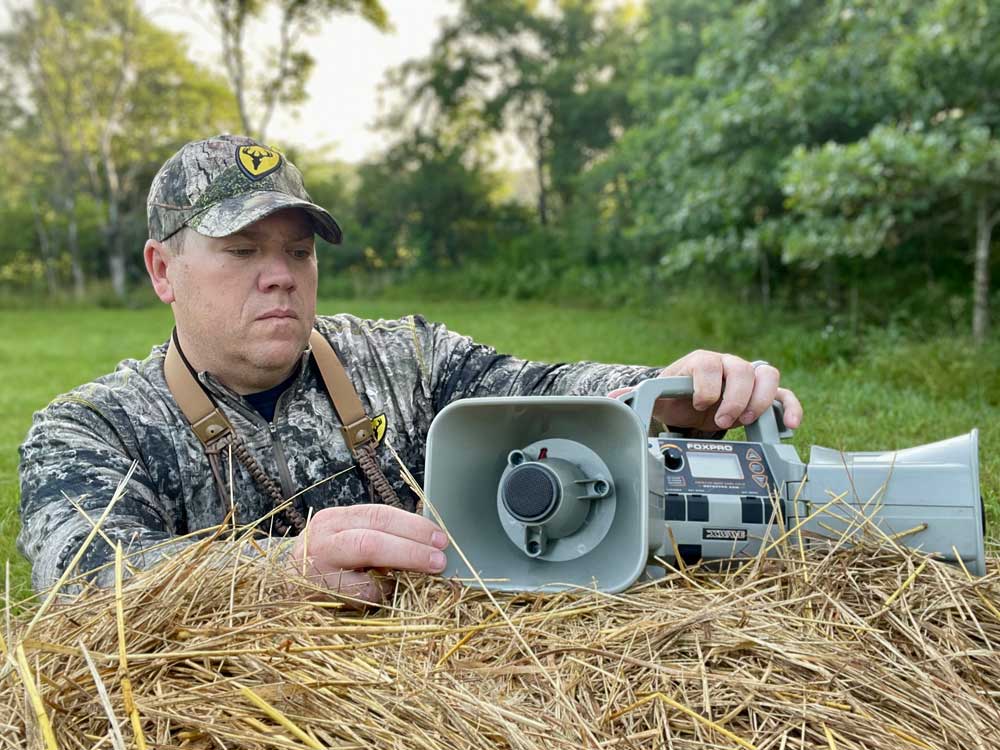
When coyotes think there is competition for fresh food, they respond quickly to calling. When the presence of coyotes increases in a specific area, such as fresh-cut hayfields, hunters can take advantage of the short window of opportunity and use their electronic call to call nearby coyotes into shooting range. Using prey in distress sounds, such as a distressed rabbit or a rodent in distress, can cause coyotes to think there is injured prey that is easily accessible. To create an even more sense of urgency to come to the call, hunters can add coyote vocals such as barks, yips, howls, and pup in distress to create the presence of another coyote in the area.
Fresh-cut hay fields provide an increased amount of much-needed food for coyotes. Yet, the fresh-cut hay also provides an increased advantage for hunters by creating better shot opportunities. Before hay is ready to be harvested by farmers, the grass must reach a certain height. Taller grasses mean visibility for hunters to encounter coyotes from a distance is low. After farmers cut their hay, the visibility increases across the entire hayfield.
The final factor for coyote hunting fresh-cut hayfields during late spring and summer is an increased chance of saving newborn fawns. For hunters to make the most impact on predators from a wildlife management perspective is when fawns are the most vulnerable to predators.
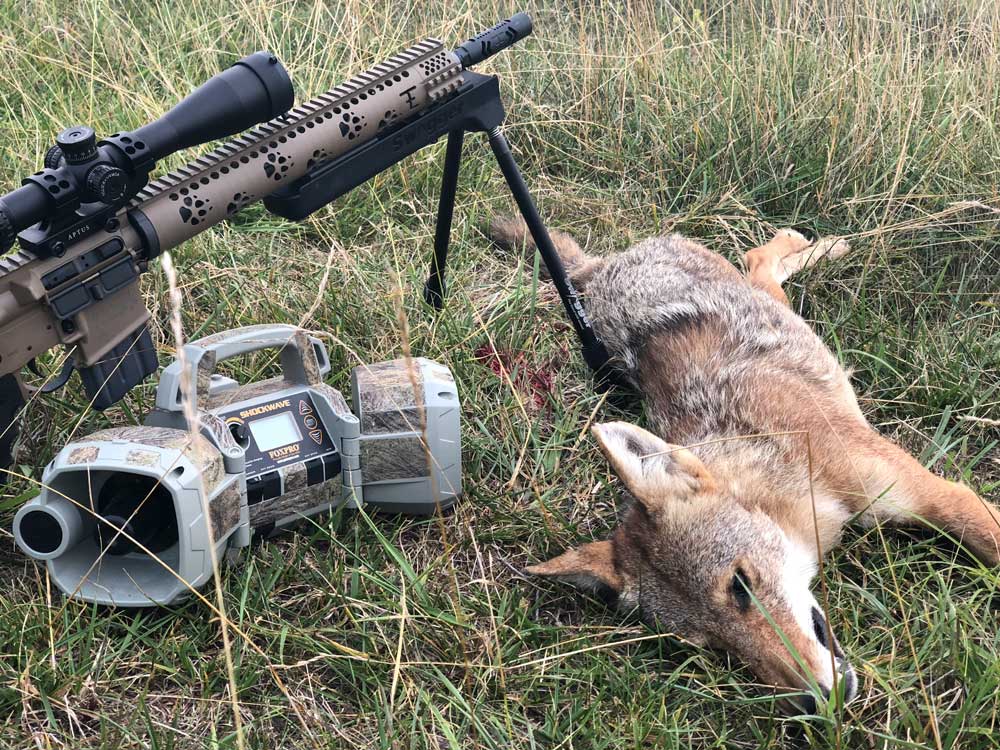
It has been noted by many veteran coyote hunters that when you take out a coyote, there is one that replaces it within weeks or even days after. With that in mind, hunters must continually hunt when fawns are young and defenseless to make the most significant impact on managing the coyote population to save fawns. Therefore, when fresh-cut hayfields become available, hunters should take advantage of the opportunity to harvest more coyotes.

